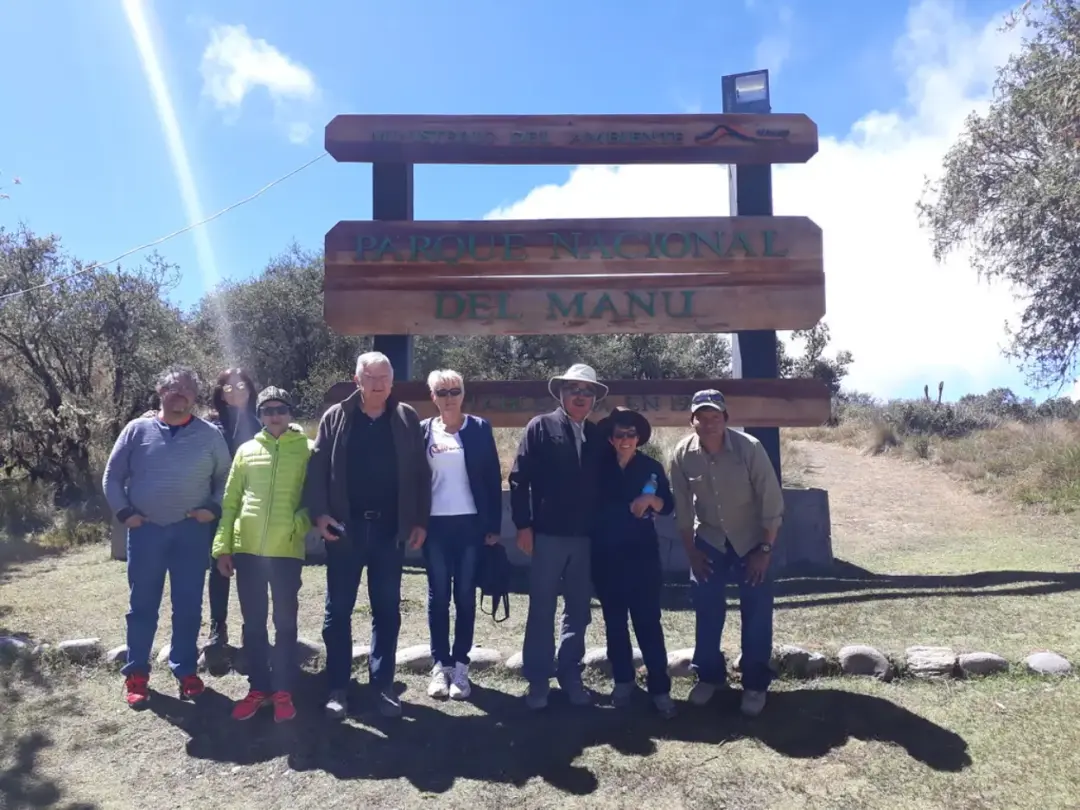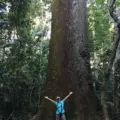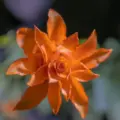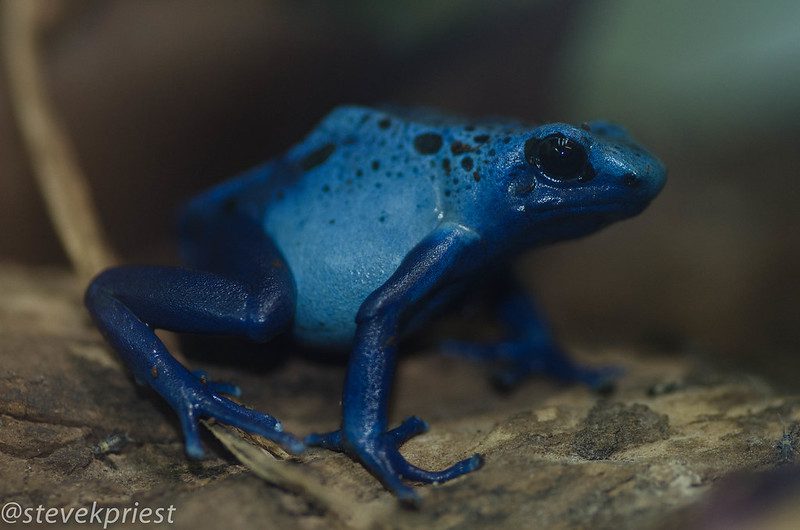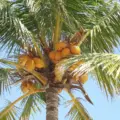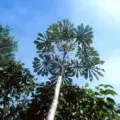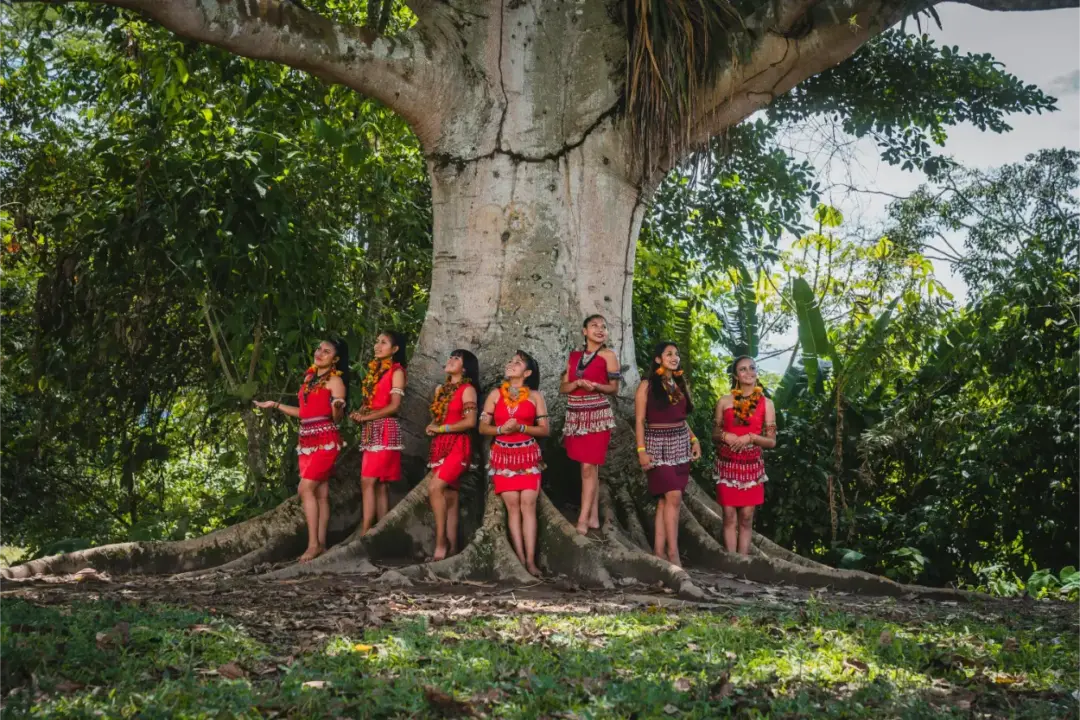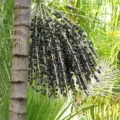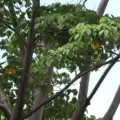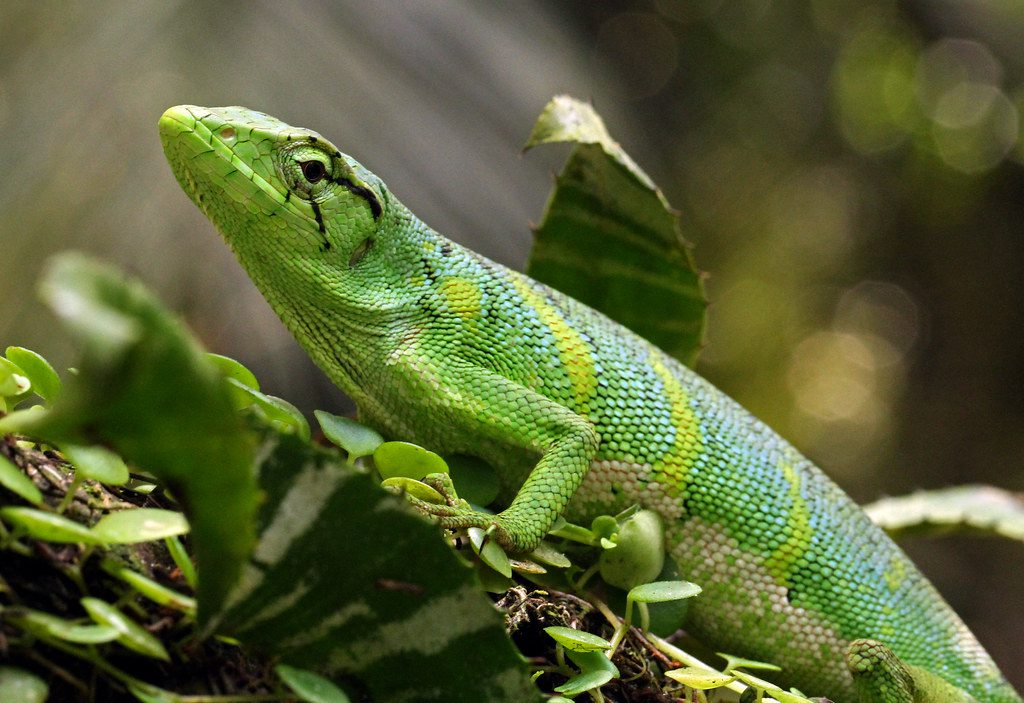A Guide to the Rarest Plants in the Amazon
Plants in the Amazon are not just an essential part of our planet; they are also a rich tapestry of life, telling stories of resilience and adaptation. Among the towering trees and vibrant undergrowth of the Amazon rainforest, numerous rare plants emerge, each possessing unique characteristics and ecologies. This guide invites you to explore some of the rarest plants found in this magnificent ecosystem, showcasing their beauty, their roles in maintaining biodiversity, and the conservation efforts aimed at protecting them.
Why the Amazon is a Biodiversity Hotspot
The Amazon rainforest is often called the “lungs of the Earth,” producing about 20% of the world’s oxygen. Spanning over 5.5 million square kilometers, it is home to an astonishing array of flora and fauna. With an estimated 390 billion trees belonging to around 16,000 species, this biodiversity hotspot supports complex ecosystems that are vital for the planet’s health.
Each plant species in the Amazon has adapted to its specific environment, with intricate relationships forged over millennia. These interactions form the foundation of life, offering food, shelter, and numerous ecosystem services. The loss of even a single rare plant can impact this delicate balance, emphasizing the urgency of conservation efforts that target biodiversity preservation.
Meet the Rare Plants of the Amazon
1. Rafflesia arnoldii: The Corpse Flower
Rafflesia arnoldii, known as the corpse flower, is a true marvel of nature. This rare species is notable for having the largest flower in the world, which can bloom to a staggering diameter of over three feet. Its striking size is rivaled only by its notoriety for emitting a scent reminiscent of rotting flesh, designed to attract its primary pollinators—carrion beetles.
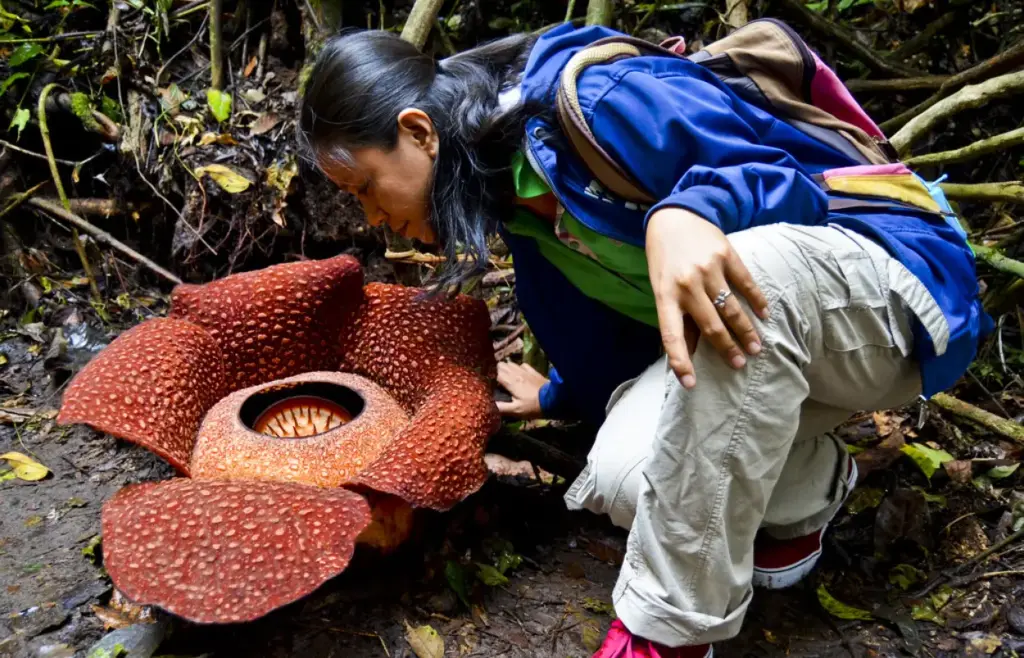
Interestingly, Rafflesia arnoldii is entirely parasitic, meaning it does not possess leaves, stems, or roots. Instead, it derives its nutrients from the host vines it attaches to, showcasing a unique and fascinating life cycle. The fleeting blooms last for just five to seven days, making spotting one a rare and thrilling experience for botanists and nature enthusiasts alike.
2. Victoria amazonica: The Giant Water Lily
Another enigmatic inhabitant of the Amazon is Victoria amazonica, commonly referred to as the giant water lily. With leaves that can exceed six feet in diameter, this aquatic plant is a sight to behold, serving as a floating platform for insects and small animals. The striking white and pink flowers of the Victoria amazonica open at night, releasing a sweet scent that attracts beetles, which play a crucial role in pollination.

These extraordinary plants have cultural significance, as indigenous Amazonian tribes utilize their leaves and seeds for various traditional crafts. The leaves are often woven into mats and other items, providing a sustainable resource that nourishes the cultural fabric of local communities, while also highlighting the interconnectedness of nature and human heritage.
3. Pseudobombax spp.: The Silk Cotton Tree
Pseudobombax, commonly known as the silk cotton tree, is a genus that includes several species characterized by their massive trunks and vibrant flowers. These trees can grow up to 30 meters tall and boast a distinct swollen trunk. Their cotton-like fibers are harvested from the pods and have been used by local communities for making textiles, showcasing how these plants contribute to livelihoods in the Amazon.
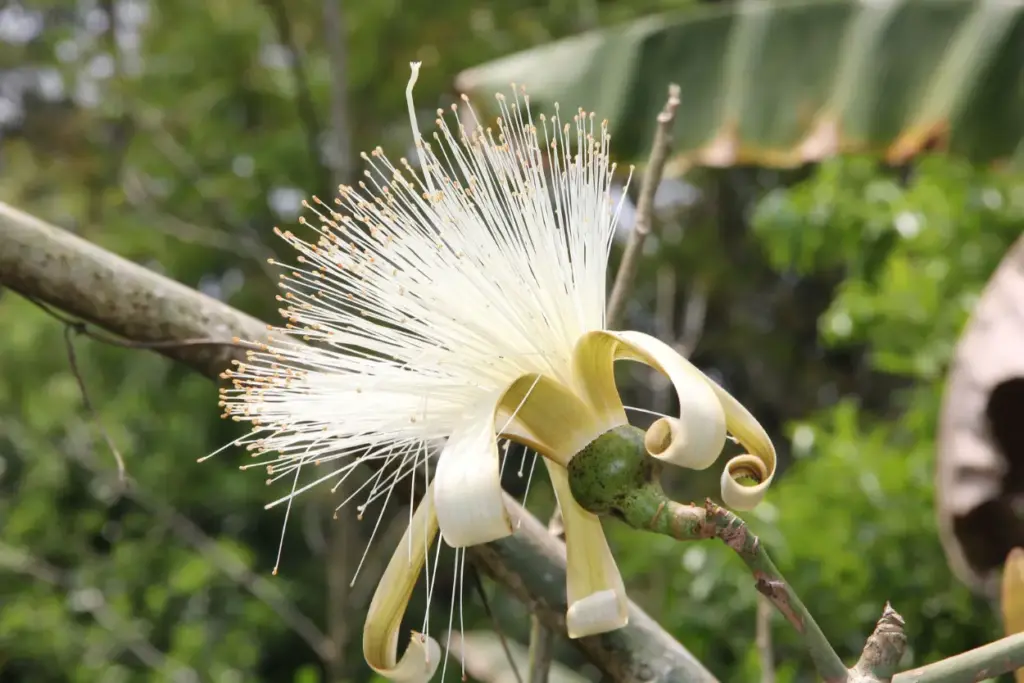
Despite their impressive stature, the silk cotton trees are under threat from deforestation and habitat loss. Each tree serves not only as a resource for the local population but also as a crucial component of forest ecosystems, offering shelter and food for countless species. Therefore, preserving these emblematic trees is essential for maintaining ecological and cultural integrity.
4. Guaiacum sanctum: Lignum Vitae
Guaiacum sanctum, or Lignum vitae, is a rare and slow-growing tree notable for its extraordinarily dense and hard wood, which has been historically prized for crafting fine furniture. Its striking yellow flowers and hard-shelled seeds add to the tree’s beauty. However, its popularity for commercial use has led to widespread logging, pushing it towards the brink of extinction.
Despite the immense ecological value this tree provides—including habitats for various birds and insects—conservation of Lignum vitae is urgently needed. Sustainable logging practices must be implemented to protect this species, ensuring that it can continue to support both biodiversity and the livelihoods of local communities who depend on its unique resources.
The Role of Conservation in Protecting Rare Plants
As we delve deeper into the rarity of these plants, it’s important to highlight the conservation efforts being made. Strategies involve a combination of research, community involvement, and government regulations aimed at protecting these vital species.
Despite the challenges posed by illegal logging and land conversion, organizations are striving to implement better policies that prioritize sustainable development while protecting natural habitats. Engaging local communities in these initiatives is crucial, as their knowledge of the land is invaluable in creating effective conservation strategies.
Community Involvement in Conservation
Community involvement has proven to be one of the most effective approaches in conserving rare plants in the Amazon. Indigenous tribes have lived in harmony with the forest for generations, possessing a wealth of knowledge about local ecosystems. By partnering with these communities, conservationists are leveraging traditional practices to support sustainable land management strategies that preserve both biodiversity and cultural heritage.
Additionally, educational programs are being developed to raise awareness of the importance of protecting these rare species. Children and young adults in local communities learn about the value of biodiversity through hands-on experiences, fostering an early appreciation for their natural environment. This grassroots approach empowers future generations to act as stewards of their ecosystems.
Scientific Research and Technological Approaches
Scientific research plays a critical role in understanding the challenges faced by rare plants in the Amazon. Researchers are exploring genetic variations and potential adaptations of these plants in response to changing climatic conditions. By studying their survival mechanisms, scientists aim to identify key factors that contribute to resilience, which can inform conservation practices.
Moreover, technological advancements such as remote sensing and GIS technologies are revolutionizing conservation efforts. These tools enable conservationists to monitor plant populations and track changes in habitats effectively. With accurate data, targeted conservation strategies can be developed to ensure the survival of these rare species while balancing the needs of local communities.
The Future of Amazonian Flora
The rare plants of the Amazon encapsulate the essence of this extraordinary ecosystem. They symbolize the intricate relationships that define the rich biodiversity of the rainforest. However, the looming threats of climate change, habitat loss, and exploitation necessitate immediate and concerted action to protect these unique species.
As stewards of the Earth, it is our shared responsibility to advocate for environmental health and cultural heritage. Investing in sustainable practices and educating others about the significance of rare plants strengthens our connection to the Amazon. By doing so, we ensure that future generations inherit a thriving rainforest replete with its remarkable biodiversity.
In conclusion, the journey towards preserving the rare plants in the Amazon is a testament to the beauty of nature and the resilience of human spirit. Combining community-driven efforts with scientific innovation can pave the way for a brighter future, where both people and nature can flourish side by side. Let us cherish and protect this splendid rainforest, for it is an irreplaceable treasure of global significance. 🌿


